Jim Corbett National Park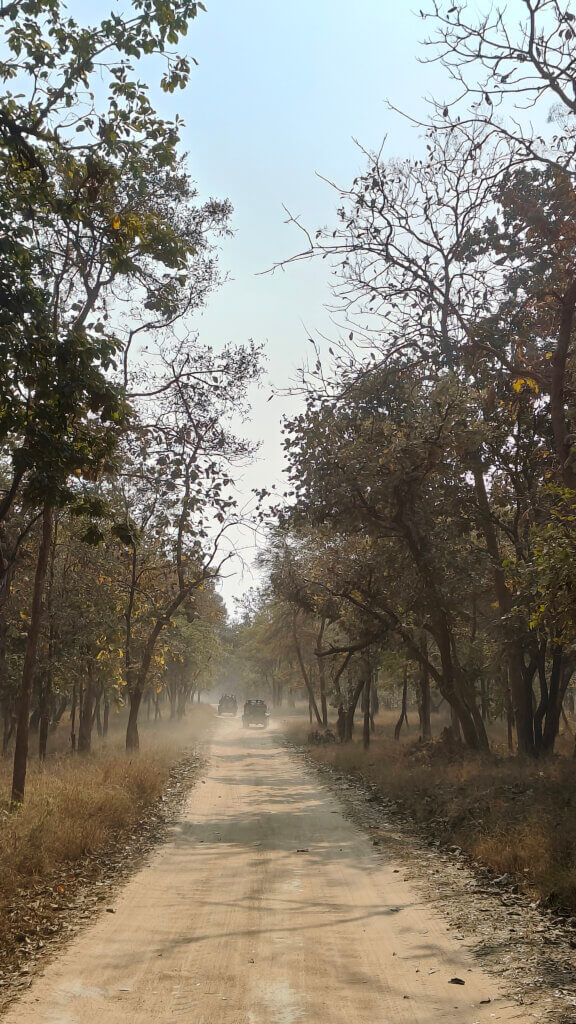
Corbett is famous for its dense forests, diverse wildlife, and picturesque landscapes. It offers one of the best tiger-spotting experiences, along with sightings of elephants, leopards, and gharials. The park has stunning riverine belts and grasslands, making it a photographer’s paradise. With a rich bird population, it is also a haven for birdwatchers.
Established in 1936 as Hailey National Park, it was later renamed after Jim Corbett, a hunter-turned-conservationist. It became India’s first national park and played a crucial role in Project Tiger, launched in 1973.
Number of Tigers: Over 250
Type of Forest: Moist deciduous forest with sal, teak, and bamboo trees
Area: 1,318 sq km
Gates for Visit: Bijrani, Jhirna, Dhela, Dhikala, Durga Devi, Garjiya, Pakhro
Nearest Airport: Pantnagar Airport (80 km)
Nearest Railway Station: Ramnagar (12 km)
How to Reach: Well-connected by road from Delhi (260 km) and Dehradun (160 km)
Other Attractions Nearby: Nainital, Bhimtal, Garjiya Temple, Corbett Museum
Water Bodies: Ramganga River, Kosi River
Periyar National Park
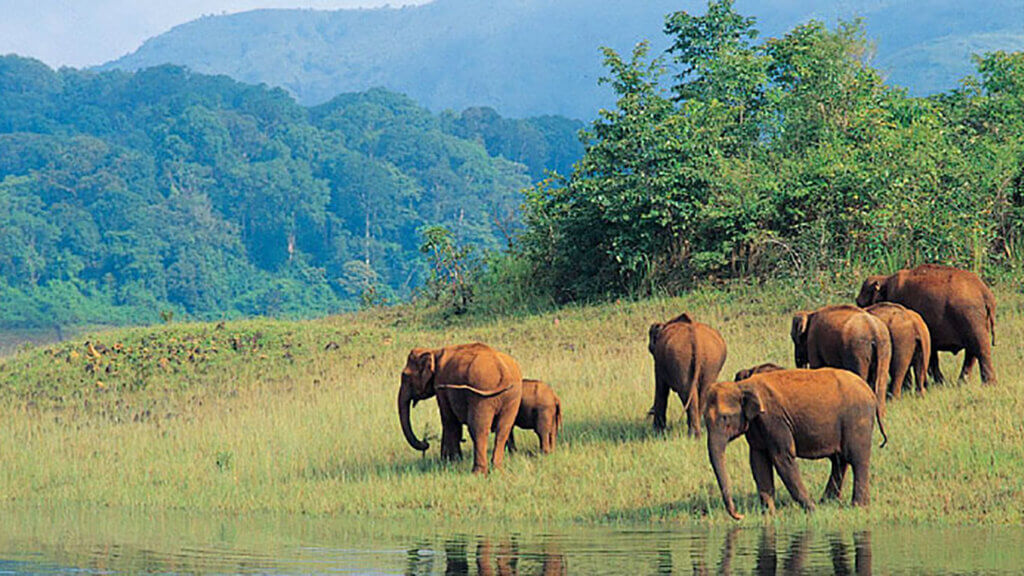
Periyar is a stunning wildlife sanctuary known for its lush greenery and water bodies. Boat safaris on Periyar Lake provide a unique way to explore its wildlife. The reserve is home to elephants, bison, sambar deer, and a variety of birds. Its peaceful setting amidst the Western Ghats makes it a perfect retreat.
Originally a wildlife sanctuary in 1934, it became a national park in 1982 and later a tiger reserve. It is one of the few parks in South India where tigers and elephants coexist.
Number of Tigers: Around 35–40
Type of Forest: Tropical evergreen and moist deciduous forest with grasslands
Area: 925 sq km
Gates for Visit: Thekkady Entrance Gate
Nearest Airport: Madurai (140 km), Cochin (190 km)
Nearest Railway Station: Kottayam (114 km)
How to Reach: Well-connected by road from Kochi (190 km) and Madurai (140 km)
Other Attractions Nearby: Thekkady spice plantations, Mangala Devi Temple
Water Bodies: Periyar Lake
Ranthambore National Park
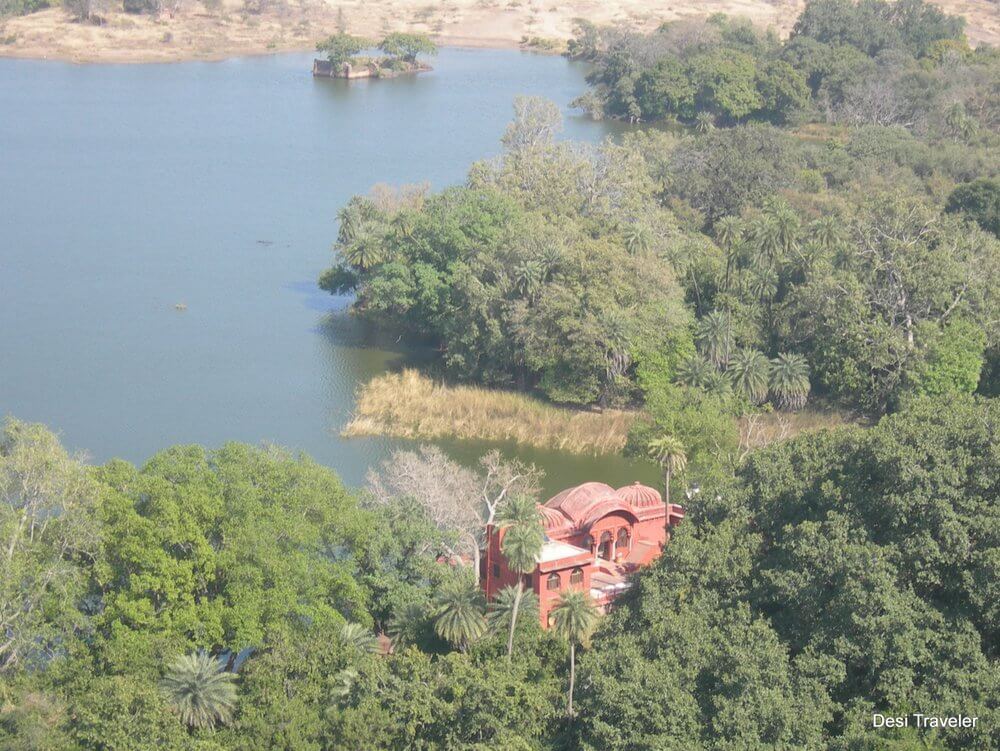 Ranthambore is one of India’s most famous tiger reserves, offering high chances of tiger sightings. The rugged landscape, ancient ruins, and scenic lakes add to its charm. The park is home to leopards, sloth bears, and a variety of birds. Its unique combination of history and wildlife makes it a popular destination.
Ranthambore is one of India’s most famous tiger reserves, offering high chances of tiger sightings. The rugged landscape, ancient ruins, and scenic lakes add to its charm. The park is home to leopards, sloth bears, and a variety of birds. Its unique combination of history and wildlife makes it a popular destination.
Once the hunting grounds of the Maharajas of Jaipur, it was declared a wildlife sanctuary in 1955 and a national park in 1980. It became part of Project Tiger in 1973.
Number of Tigers: Around 80
Type of Forest: Dry deciduous forest with dhok trees and open grasslands
Area: 1,334 sq km
Gates for Visit: 10 safari zones, including Zones 1–6 (core) and 7–10 (buffer)
Nearest Airport: Jaipur International Airport (180 km)
Nearest Railway Station: Sawai Madhopur (11 km)
How to Reach: Well-connected by road from Jaipur (180 km) and Delhi (400 km)
Other Attractions Nearby: Ranthambore Fort, Surwal Lake, Trinetra Ganesh Temple
Water Bodies: Padam Talao, Malik Talao, Rajbagh Talao
Bandipur & Mudumalai National Parks
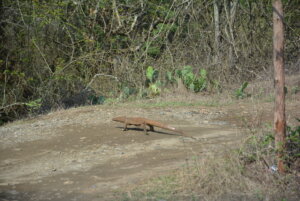 These forests offer scenic landscapes with rich biodiversity, including tigers, elephants, and Indian gaurs. The lush greenery and mist-covered hills enhance their beauty. Wildlife safaris through dense jungles are thrilling experiences. These parks serve as vital habitats for endangered species in the Western Ghats.
These forests offer scenic landscapes with rich biodiversity, including tigers, elephants, and Indian gaurs. The lush greenery and mist-covered hills enhance their beauty. Wildlife safaris through dense jungles are thrilling experiences. These parks serve as vital habitats for endangered species in the Western Ghats.
Bandipur was declared a tiger reserve in 1973 under Project Tiger, while Mudumalai became a wildlife sanctuary in 1940 and later a national park in 1990. Together, they form part of the Nilgiri Biosphere Reserve.
Number of Tigers: Bandipur (~140), Mudumalai (~100)
Type of Forest: Tropical dry deciduous and evergreen forest
Area: Bandipur – 912 sq km, Mudumalai – 321 sq km
Gates for Visit: Bandipur – Melukamanahalli Gate, Mudumalai – Theppakadu Gate
Nearest Airport: Mysore (80 km), Coimbatore (120 km)
Nearest Railway Station: Mysore (80 km)
How to Reach: Well-connected by road from Bangalore (220 km) and Ooty (40 km)
Other Attractions Nearby: Ooty, Gopalaswamy Betta, Himavad Gopalaswamy Temple
Water Bodies: Moyar River, Kabini Reservoir
Pench National Park
 Pench is famous for its picturesque meadows, teak forests, and abundant wildlife. It offers a serene safari experience, with sightings of deer, bison, and various birds. Though tigers are elusive, the park’s charm lies in its tranquility and scenic beauty. The Pench River flowing through the park adds to its appeal.
Pench is famous for its picturesque meadows, teak forests, and abundant wildlife. It offers a serene safari experience, with sightings of deer, bison, and various birds. Though tigers are elusive, the park’s charm lies in its tranquility and scenic beauty. The Pench River flowing through the park adds to its appeal.
Established in 1977 as a sanctuary, it was upgraded to a national park in 1983 and a tiger reserve in 1992. It is said to have inspired Rudyard Kipling’s The Jungle Book.
Number of Tigers: Around 50
Type of Forest: Dry deciduous forest with teak and bamboo groves
Area: 1,179 sq km
Gates for Visit: Touria, Karmajhiri, Jamtara, Rukhad
Nearest Airport: Nagpur (90 km)
Nearest Railway Station: Seoni (30 km)
How to Reach: Well-connected by road from Nagpur (90 km) and Jabalpur (200 km)
Other Attractions Nearby: Totladoh Dam, Pachmarhi Hill Station
Water Bodies: Pench River
Kanha National Park
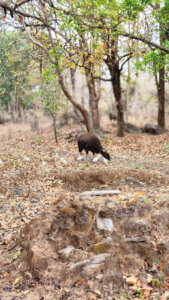
Kanha offers an immersive jungle experience with vast meadows and dense forests. The lush greenery and diverse wildlife make it one of India’s finest reserves. Safaris here provide a high chance of spotting tigers. The park is also home to the rare Barasingha deer.
Declared a national park in 1955 and a tiger reserve in 1973, it is one of India’s most well-maintained reserves. It is also the inspiration behind The Jungle Book.
Number of Tigers: Around 100
Type of Forest: Moist deciduous forest with sal and bamboo trees
Area: 940 sq km
Gates for Visit: Kisli, Mukki, Sarhi, Kanha
Nearest Airport: Jabalpur (160 km)
Nearest Railway Station: Gondia (145 km), Jabalpur (160 km)
How to Reach: Well-connected by road from Jabalpur and Nagpur
Other Attractions Nearby: Mandla Fort, Amarkantak
Water Bodies: Banjar River, Sonf Meadow
Tadoba-Andhari Tiger Reserve
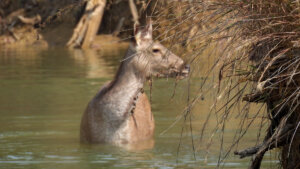
Tadoba is known for its high tiger density and reliable sightings. The dry forest landscape gives it a raw, untamed feel. It is home to leopards, sloth bears, and crocodiles. Despite its wildlife abundance, some visitors find it less scenic compared to other reserves.
Established in 1955, it is Maharashtra’s oldest national park and became a tiger reserve in 1995. It has one of the highest tiger populations in India.
Number of Tigers: Around 150
Type of Forest: Tropical dry deciduous forest with bamboo thickets
Area: 1,727 sq km
Gates for Visit: Moharli, Kolara, Navegaon, Pangdi, Zari, Agarzari
Nearest Airport: Nagpur (140 km)
Nearest Railway Station: Chandrapur (45 km)
How to Reach: Well-connected by road from Nagpur and Chandrapur
Other Attractions Nearby: Erai Dam, Koka Wildlife Sanctuary
Water Bodies: Tadoba Lake, Andhari River
Panna National Park
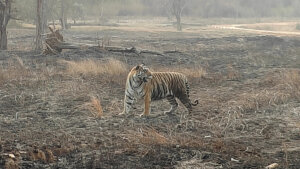
Panna’s dramatic landscape of deep gorges, plateaus, and riverine forests makes it a visually stunning park. The Ken River, flowing through the park, is home to crocodiles and a rich bird population. Once on the brink of losing its tigers, Panna has emerged as a leading conservation success story. Apart from tigers, visitors can spot leopards, sloth bears, and chinkaras.
Declared a national park in 1981 and a tiger reserve in 1994, Panna is a success story in tiger conservation after suffering near-extinction of its tiger population in 2009. With dedicated efforts, the park has seen a remarkable revival of its tiger numbers.
Number of Tigers: Around 60
Type of Forest: Dry deciduous forest with teak, mahua, and bamboo groves
Area: 1,598 sq km
Gates for Visit: Madla, Hinauta
Nearest Airport: Khajuraho (25 km)
Nearest Railway Station: Khajuraho (25 km), Satna (90 km)
How to Reach: Well-connected by road from Khajuraho (25 km), Satna (90 km), and Jhansi (180 km)
Other Attractions Nearby: Khajuraho Temples, Raneh Falls, Pandav Caves, Panna
Water Bodies: Ken River, Raneh Falls
